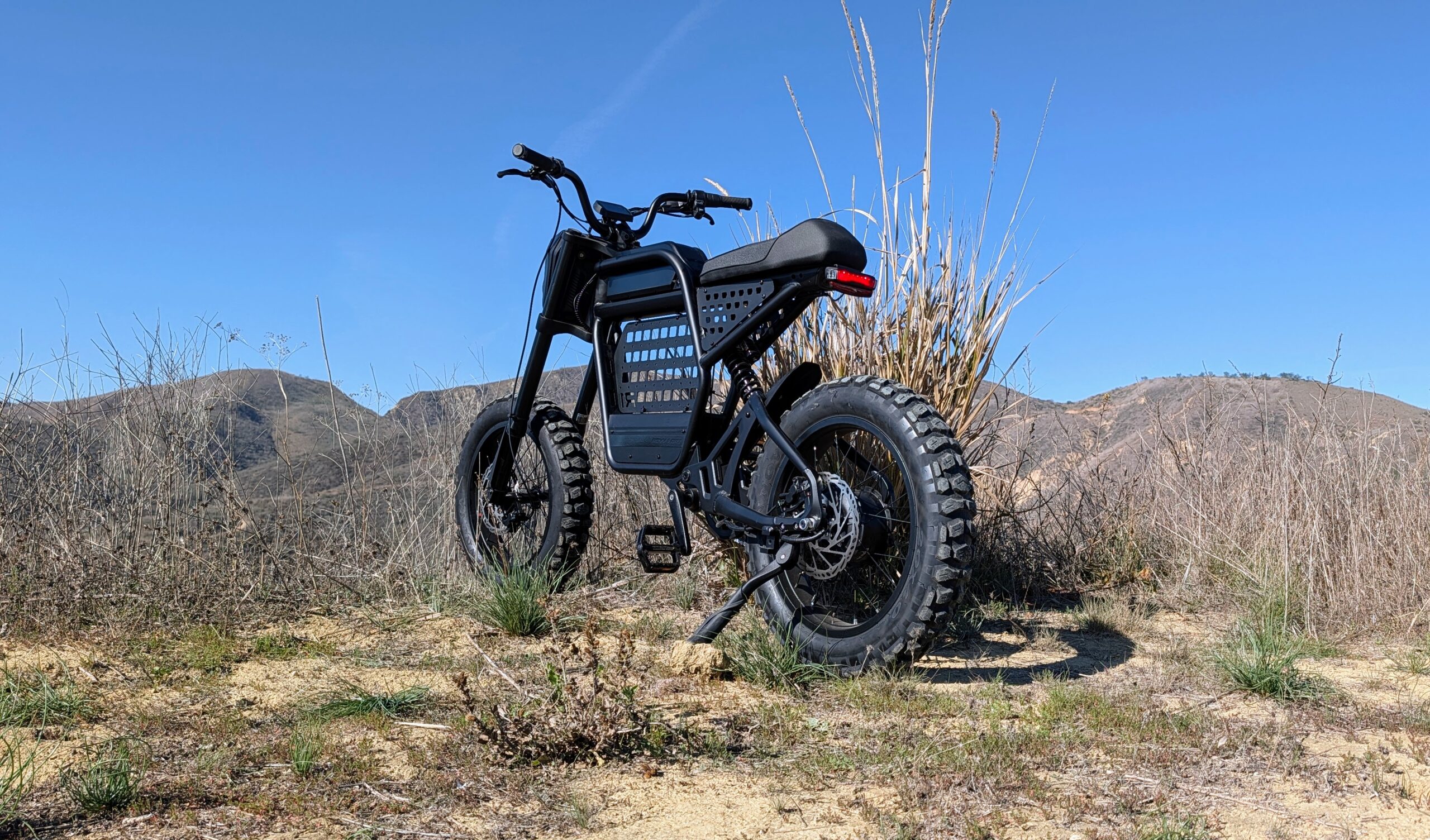Sign up for daily news updates from CleanTechnica on email. Or follow us on Google News!
Electric buses make neighborhoods cleaner and healthier, and they can do so much more. With huge, honking batteries underneath and solar panels on the roof, they can serve as mobile energy storage units, delivering emission-free kilowatts where needed. One obstacle is the up-front cost of installing commercial-grade EV charging stations, and the leading school bus firm First Student has an answer for that.
A Better EV Charging Solution For Electric Buses
First Student is all over the news today on account of its newly launched electric bus demonstration project in New York City, involving a fleet of 12 school buses equipped with rooftop solar panels. We’ll get to that in a second, but first let’s take a look at First Charge, the Ohio-based company’s cost-cutting solution for electric buses.
First Student announced the launch of First Charge back on October 14, describing it as a new system aimed at cutting the cost of charging stations for medium- and heavy-duty vehicles such as electric buses, garbage trucks, and delivery trucks.
First Charge is a scalable system that sits entirely above ground, eliminating the time and expense of digging trenches for new cables. School districts, for example, could save up to 50% on charging station construction costs according to First Student’s calculations. In a separate press release, First Student also cites 30% as the minimum that districts can expect to save.
The initial savings is just for starters. When charging station infrastructure is buried underground, school districts have more difficulty taking advantage of new electric bus opportunities as they arise, due to the time and expense of additional trench work. The bottleneck can slow or halt the transition of an existing diesel fleet to electric. It can also prevent growing school districts from expanding their electric fleet.
“Burying cables requires digging and trenching, which is an expensive approach that limits future expansion and is disruptive to residents, businesses, and operations. Once buried, the infrastructure can no longer be modified to accommodate changing lot requirements as a school district grows its electric school bus fleet,” First Student explains.
“Over and over again, school districts tell us they have had to abandon rebates and funds available to them because charging infrastructure was too costly, complex or time intensive,” adds First Student’s Head of Electrification, Kevin Matthews, emphasizing the distinction between conventional construction and his company’s “expansion-ready” system.
What’s All This About The Cost Of Fleet Electrification?
The First Charge system adds a new twist to a recent analysis comparing the total cost of ownership for electric vehicles with comparable gas or diesel vehicles, in five common types of light- and medium-duty fleets. Undertaken by the energy transition think tank RMI (formerly Rocky Mountain Institute), the study concluded that electric fleets stack up favorably against their conventional counterparts under most scenarios, including scenarios in which the cost of installing Level 2 EV chargers is included.
The one scenario in which EVs fell short involved a Class 6 medium-duty truck with the cost of installing a Level 2 charging station included. The study also concluded that using public Level 3 fast charging stations is not an economical option for electric fleets, at least not under current scenarios.
RMI indicates that additional tax breaks and other subsidies for charging stations will be needed in order to accelerate TCO parity (let alone superiority) for medium- and heavy-duty fleets. A sharp drop in the cost of EV batteries will also help things along, as will cost-cutting solutions like First Student’s trench-free charging system.
Rooftop Solar Panels For Electric Buses
Another factor impacting TCO is the cost of hiring or training someone to manage an electric fleet. First Student also has that base covered. The company has leveraged its considerable experience with electric buses to offer First Charge with an in-house service that takes the guesswork out of fleet electrification including energy procurement, charge management, and fleet maintenance.
The real magic is only just beginning, though. In a press release earlier this week, First Student described the launch of its solar-equipped fleet of 12 electric buses. The project is aimed at demonstrating how EVs equipped with rooftop solar panels and bidirectional charging can contribute to community needs instead of simply sending kilowatts back to the grid.
The demonstration is taking place in Brooklyn, featuring the company’s First Charge trenchless system in a collaborative effort with the New York utility Con Edison. The 12 electric buses will replace 12 existing diesel buses at the First Student depot on Malta Street, in the East New York part of the borough.
First Student is already anticipating that the 12 electric buses will be joined by many more. “This First Charge solution will also make it easier to upgrade the charging system for future deployments, adding flexibility and efficiency for vehicle electrification build outs,” the company explains.
Gilding The Electric School Bus Lily
Replacing 12 diesel buses with zero emission buses is a good step in the right direction, but the Brooklyn demonstration project is aiming much higher. Building on extensive hardware and software trials elsewhere, the First Charge system in Brooklyn will function as the centerpiece of an energy hub, with the electric buses serving as mobile energy storage units that deliver electricity wherever needed, deploying bidirectional charging.
Bidirectional charging is best known for its use in vehicle-to-grid (V2G) applications, the idea being for EV drivers to send their excess kilowatts back to the grid when needed, helping to relieve demand spikes. The First Student project will demonstrate V2X technology, which enables drivers to deploy their EV batteries for just about anything.
“V2X goes beyond simply plugging electric school bus batteries back into the grid, expanding instead to include the capacity to direct electricity delivery where it is needed,” First Student explains.
Since many school buses sit idle during the summer, First Student anticipates that one use case will involve smoothing out summertime demand spikes. Idled school buses can recharge at night when demand eases off, then contribute the stored energy back to grid during peak periods of AC use during the day.
The system can also be called upon as a backup power system for hospitals and other critical community facilities.
If all goes according to plan, First Solar intends to replicate the Brooklyn model across its base of operations in 43 states, leveraging its partnerships with more than 3,000 utilities.
WRI (formerly World Resources Institute), for one, will be watching closely. The nonprofit has set a goal of electrifying all school buses in the US by 2030. “Overcoming the cost, infrastructure and policy barriers to mass adoption will require an expansive and inclusive approach,” WRI warns.
As part of its push for electric buses, WRI is tracking school bus electrification projects across the US. You can follow along on their electric school bus page.
Follow me via LinkTree, or @tinamcasey on Threads, LinkedIn, and Instagram.
Image (cropped): Electric buses are being put to use in Brooklyn as roving energy storage systems topped with solar panels, as part of a goal to electrify school bus fleets across the nation (courtesy of First Student via prnewswire.com).
Chip in a few dollars a month to help support independent cleantech coverage that helps to accelerate the cleantech revolution!
Have a tip for CleanTechnica? Want to advertise? Want to suggest a guest for our CleanTech Talk podcast? Contact us here.
Sign up for our daily newsletter for 15 new cleantech stories a day. Or sign up for our weekly one if daily is too frequent.
CleanTechnica uses affiliate links. See our policy here.
CleanTechnica’s Comment Policy




